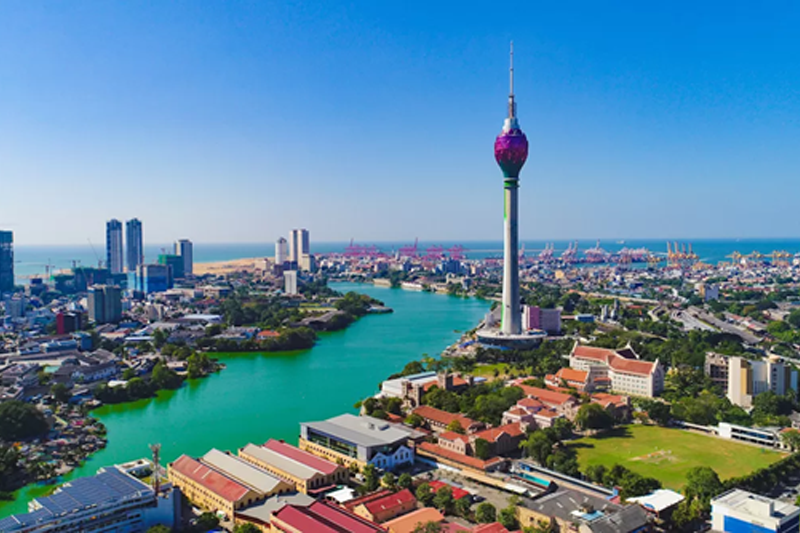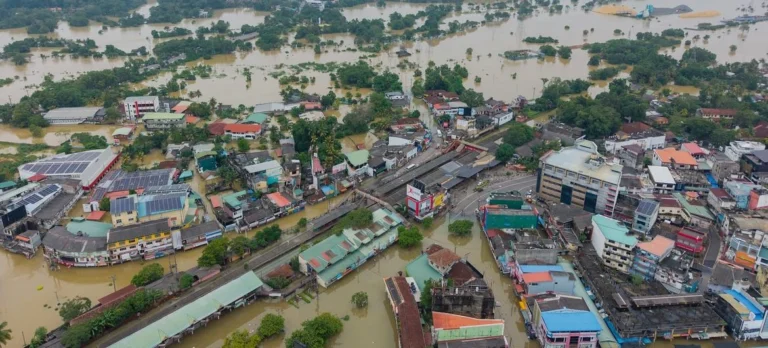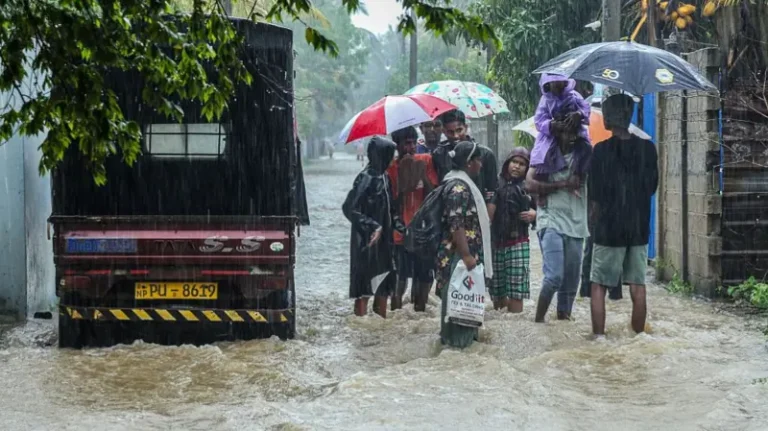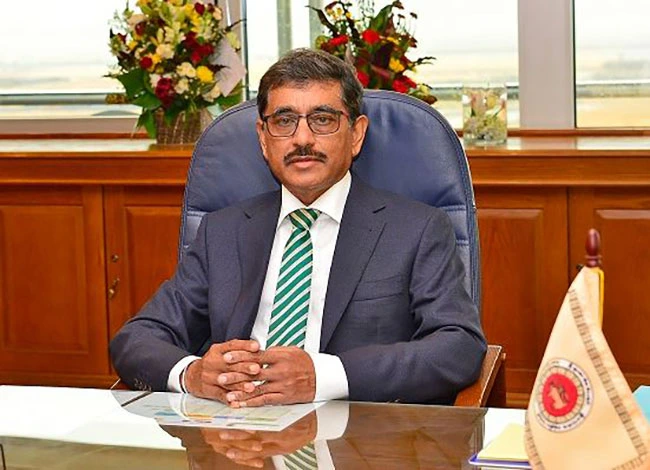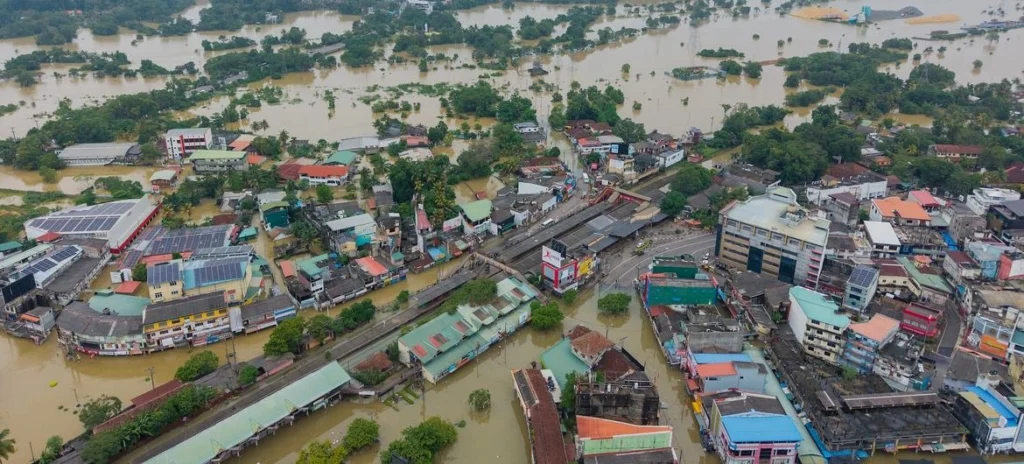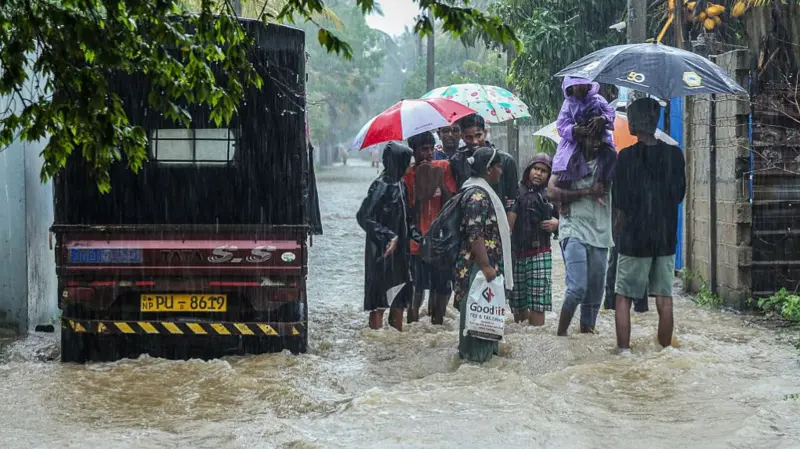Sri Lanka is in the midst of a fragile economic recovery. While headlines focus on debt restructuring and IMF negotiations, a quieter crisis continues to erode the nation’s potential—the mass migration of skilled professionals. From doctors and engineers to university graduates and IT talent, thousands are leaving in search of stability, opportunity, and a future they no longer see at home.
This brain drain is not just a symptom of economic hardship—it is a structural threat to long-term development, social stability, and national innovation. Unless addressed through policy and vision, Sri Lanka may find itself rebuilding a nation without builders.
The Scale of the Exodus
According to Department of Immigration data, over 900,000 Sri Lankans have left the country since 2022 alone. While remittances remain a lifeline, what’s lost is far more difficult to quantify: the doctors in rural hospitals, the software developers for export industries, the lecturers shaping future minds.
The most alarming trend is the emigration of youth and professionals under 40, who would have otherwise contributed to Sri Lanka’s economic engine for decades. This talent vacuum is already being felt across public and private sectors—from under-resourced healthcare systems to stalled infrastructure projects and declining research output.
Why They Leave: Beyond the Economy
Yes, economic instability plays a major role—but the motivations run deeper:
- Political Disillusionment: Many youth feel their voice does not matter. Broken promises, corruption, and a lack of transparency have created a sense of futility.
- Lack of Meritocracy: Many skilled professionals express frustration at nepotism and the absence of a performance-based system.
- Education–Job Mismatch: Sri Lanka produces tens of thousands of graduates each year, yet many face underemployment or unemployment due to a stagnant job market and outdated curricula.
- Collapse of Public Services: Declining education and healthcare standards, along with rising living costs, make even middle-income life unsustainable for many.
Together, these factors create an environment where leaving becomes an act of survival, not ambition.
Economic Implications: The Silent Drain
The loss of human capital has far-reaching economic consequences:
- Lower Productivity: As high-skilled labour diminishes, so does the country’s ability to produce value-added goods and services.
- Healthcare Impact: The migration of nurses and doctors, especially to the UK and Gulf countries, weakens the local system at a time when demand is growing.
- Innovation Freeze: With researchers and technologists exiting, Sri Lanka falls behind in sectors like renewable energy, agriculture technology, and digital infrastructure.
- Rising Dependency on Remittances: While inflows provide foreign currency, they cannot substitute for domestic productivity or innovation-led growth.
Social Costs: Hollowing of the Middle Class
Brain drain also disrupts the social contract:
- Weakened Institutions: The exodus of civil servants, academics, and researchers undermines public policy execution and institutional memory.
- Family Disruption: Long-term migration often separates families, creating emotional strain and reduced social cohesion.
- Widening Inequality: Those who can afford to leave do so, while others are left behind in a deteriorating system, deepening the sense of injustice.
In short, brain drain erodes not just the economy, but the soul of a functioning society.

Turning the Tide: What Can Be Done?
Addressing brain drain is not about building walls—it’s about creating reasons to stay.
1. Restore Trust in Governance
Implement anti-corruption measures, improve transparency in public service appointments, and promote youth representation in policymaking.
2. Invest in Talent Retention
Offer competitive career pathways in healthcare, education, STEM fields, and civil service. Introduce performance-linked incentives and fast-track promotions for young talent.
3. Create Innovation Ecosystems
Build technology parks, R&D grants, and startup incubators tied to universities and private sector partners. Provide seed funding and access to global networks.
4. Reform Education for Market Alignment
Update curricula to match evolving job markets. Emphasise soft skills, digital literacy, and entrepreneurship alongside traditional subjects.
5. Support Return Migration
Establish programmes to welcome skilled diaspora back—offering reintegration grants, recognition of foreign experience, and targeted recruitment campaigns.
A New National Narrative
At its heart, reversing brain drain is about more than economics. It’s about creating a narrative of belonging. Young Sri Lankans must see a future where their skills are valued, their voices matter, and their dreams are possible without crossing oceans.
To that end, leaders must stop seeing migration solely through the lens of remittances and start seeing it as a leak in national capacity. This means shifting the conversation from short-term fixes to long-term human capital development.
Time to Act, Not Regret
If Sri Lanka is to emerge from this crisis not just intact but renewed, it cannot afford to keep losing its future to foreign shores. Brain drain is not inevitable—it is a policy choice. Through bold reforms and a clear vision, Sri Lanka can retain, reclaim, and reinspire its people.
The cost of inaction is a nation rich in heritage, drained of hope.

